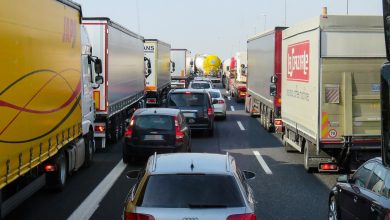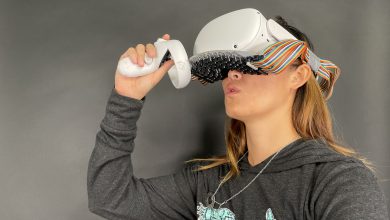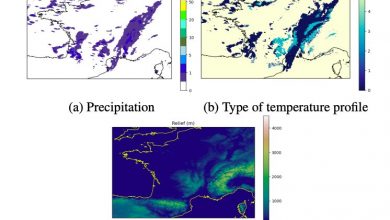Statistical model predicts odds of death, tying behavior, other variables to car accidents

A predictability model built by an SMU research team can calculate the odds that certain variables—such as drunk driving or speeding 20 miles above the limit—will result in a severe car accident.
For instance, the statistical model predicts that a 25-year-old man involved in an accident involving two cars will have a 2 percent chance of dying in that accident, if he is driving a 2012 Ford Focus on a dry Dallas road at 2 p.m. That’s if alcohol is not involved, and he is driving 80 mph on highway with a 70-mph speed limit.
Yet, the chance that the crash would be fatal for the same driver in the same car at the same speed jumps to 10 percent if he is drinking alcohol, the model predicts.
The research team created an interactive online system that allows anyone to use its predictive model. That system can be found at http://gessmu.azurewebsites.net/ under section VII. Accident Price Explorer System.
Tony Ng, an SMU statistical science professor and one of the co-creators of the model, said the tool could be especially useful as an educational tool for making concrete the real impact of certain driving conditions and behaviors to different audiences, like young drivers.
“This can hopefully influence drivers’ behavior positively and reduce crashes by making drivers more aware of dangerous driving habits,” Ng said.
Using data analytic techniques such as the SMU model to analyze traffic data also can potentially identify accident hotspots and the reasons behind them, helping traffic officials improve road safety. For example, the data could be used to adjust speed limits on a given highway or prompt the placement of cameras where drivers are known to speed, Ng said.
SMU (Southern Methodist University) used the U.S. Department of Transportation’s General Estimates System data, which is a representative sample of police-reported motor vehicle crashes of all types collected by the National Highway Transportation Safety Administration for all states from years 1988 to 2013. Ng and a team of former students in the SMU Department of Statistical Science also used car safety ratings from the U.S. Department of Transportation and fact sheets for state-specific cost of crash deaths to come up with the model.
They published a study on the predictive model in the journal Computational Statistics. The paper is based on an entry of the 2016 GSS Data Challenge organized by three sections of the American Statistical Association: Statistical Computing, Statistical Graphics, and Government Statistics.
The student co-authors are Gunes Alkan, Robert Farrow, Haichen Liu, Clayton Moore, Yihan Xu, Ziyuan Xu, Yuzhi Yan and Yifan Zhong. These students were major contributors to collecting the data, preparing that data for analysis, drafting a mathematical model that could be used and creating the interactive online system. Lynne Stokes, professor of Statistical Science at SMU, also contributed to the study.
The model they created uses 11 different variables to predict the maximum injury possible to the driver. They factored in both human-related factors, such as the driver’s age and gender, as well as things like road condition, speed limit and the state in which the accident occurred.
Researchers took those variables to analyze how likely a car accident is to cause injury, from minor injury to fatality. They also looked at what the property damage would be from an accident with one or more vehicles, as well as the medical cost.
Ng cautions that the model they created is only as good as the data. As with any statistical model created, there may be errors in the findings, because the data they used as their main source has acknowledged measurement errors.
Still, Ng stressed, “The model can be considered a useful educational tool to make the general public aware of the risk and avoid those poor driving behaviors like speeding and drunk driving.”
Conclusion: So above is the Statistical model predicts odds of death, tying behavior, other variables to car accidents article. Hopefully with this article you can help you in life, always follow and read our good articles on the website: Ngoinhanho101.com





